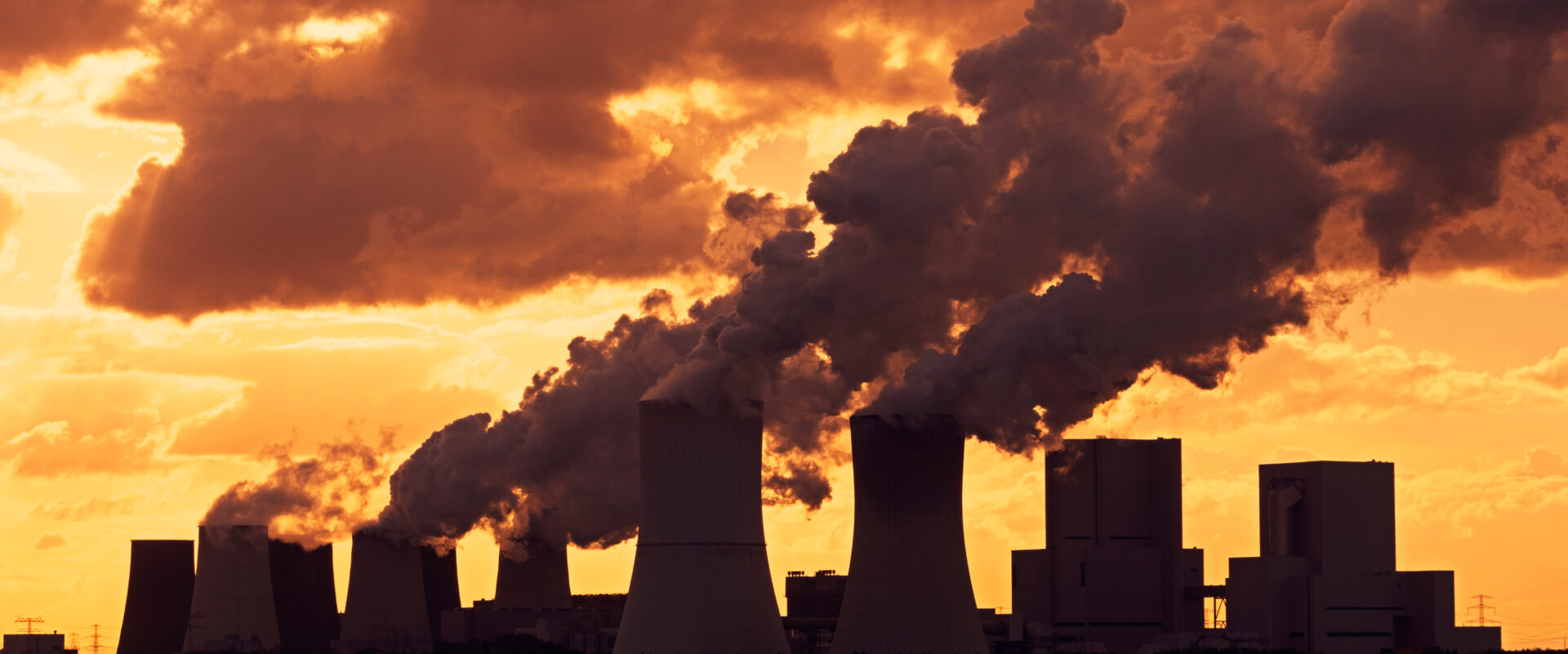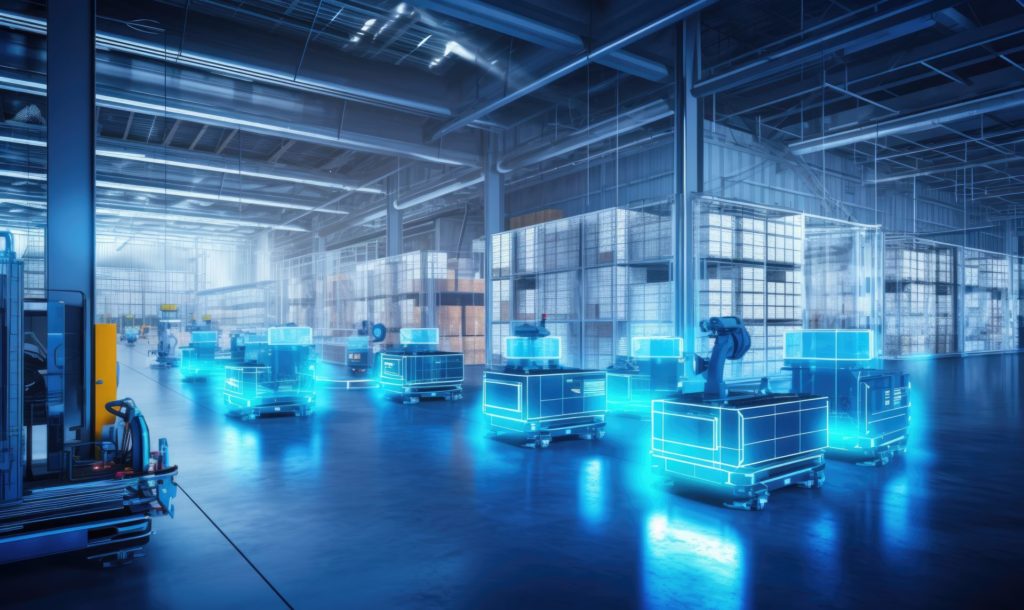Carbon trading has long been a key factor in shaping the industrial economy, and its impact is set to rapidly grow as countries redouble their efforts to forestall global warming.
Since the 1990s, governments around the world have agreed to reduce total carbon emissions in an effort to slow the effects of climate change. Europe’s Emission Trading System (ETS), set up in 2005, allowed nations to buy and sell carbon credits in order to let market forces improve the efficiency of this effort.
The combination of these initiatives helped shape a highly competitive marketplace for the industrial sector – particularly among entities which utilise energy-intensive fossil fuels such as coal or gas.
Many trading companies have committed themselves to carbon neutrality, as increasing numbers of countries continue to work towards the reduction of greenhouse gas emissions. While most developed nations have the requisite technology and skilled labour to meet carbon-neutral expectations, others currently struggle to reach their targets.
Countries that are on track to meet their 5-10 year reduction expectations can trade away their excess carbon credits with other governments. The market price for carbon trading, however, creates a powerful incentive for all nations to develop cleaner industrial technology – and ensure that enough qualified workers are on hand to operate it.
How regulations create a free market
The market for carbon trading is calculated in tonnes of carbon dioxide. With environmental targets already set, an ETS allows any participating country to purchase carbon credits from another country, allowing the purchaser to legally emit more CO2 while still meeting their quota.
Independent commodity trading parties have also begun adapting to this system. Trafigura Group, for example, has set its sights on launching a Carbon Trading desk. They argue that carbon trading can encourage price discovery throughout existing supply chains, which gives players in the oil and mineral sectors a strong incentive to connect with developers of clean industrial technology.
Other trends likewise point to increased trading activity in the years to come. Vitol Group’s carbon trading activities soared by 61% in 2020, largely in response to tightening regulations on greenhouse gases, as the escalating cost of pollution directly increases the value of carbon offsets. In Europe, the cost of pollution rose by more than 50% since the start of this year, leading to greater investor interest in new green solutions.
Both Trafigura and Vitol plan to hire more skilled employees to help operate the carbon offset trading business – and other organisations will surely follow their lead.
Flattening the emissions curve
China launched its own national ETS in February, though it has yet to commence trading. The country’s electricity sector remains dominated by coal, which is responsible for a large proportion of the country’s CO2 emissions. The coming decades will see China’s electricity production and consumption continue to grow at a rapid rate, making the need for greener solutions all the more urgent.
Unlike other ETSs, China’s system gives industrial entities a predetermined emission volume based on factors like size and carbon emission standards within the relevant sector. China hopes this approach will help the country reach peak CO2 emissions by the end of this decade, flattening emissions rates thereafter until it achieves total carbon neutrality by 2060.
Other approaches to lowering global emissions include alternative energy sources such as liquefied natural gas (LNG) and biogas. Companies like Shell plan to incorporate the LNG market with their eco-friendly solutions, while the EU also looks into similar types of carbon-neutral solutions. Analysts estimate that by 2035, the LNG market will increase tenfold.
With renewable natural gas proven to be a valuable fuel for both marine and transportation use, many global energy companies will seek skilled labour and carbon market specialists to support the use of this resource. Indeed, demand for qualified traders and engineers is expected to increase across the board, as markets reflect the growing value of carbon-efficient energy production and use.
If your organisation requires effective talent recruitment in these areas, contact Connexus today.










